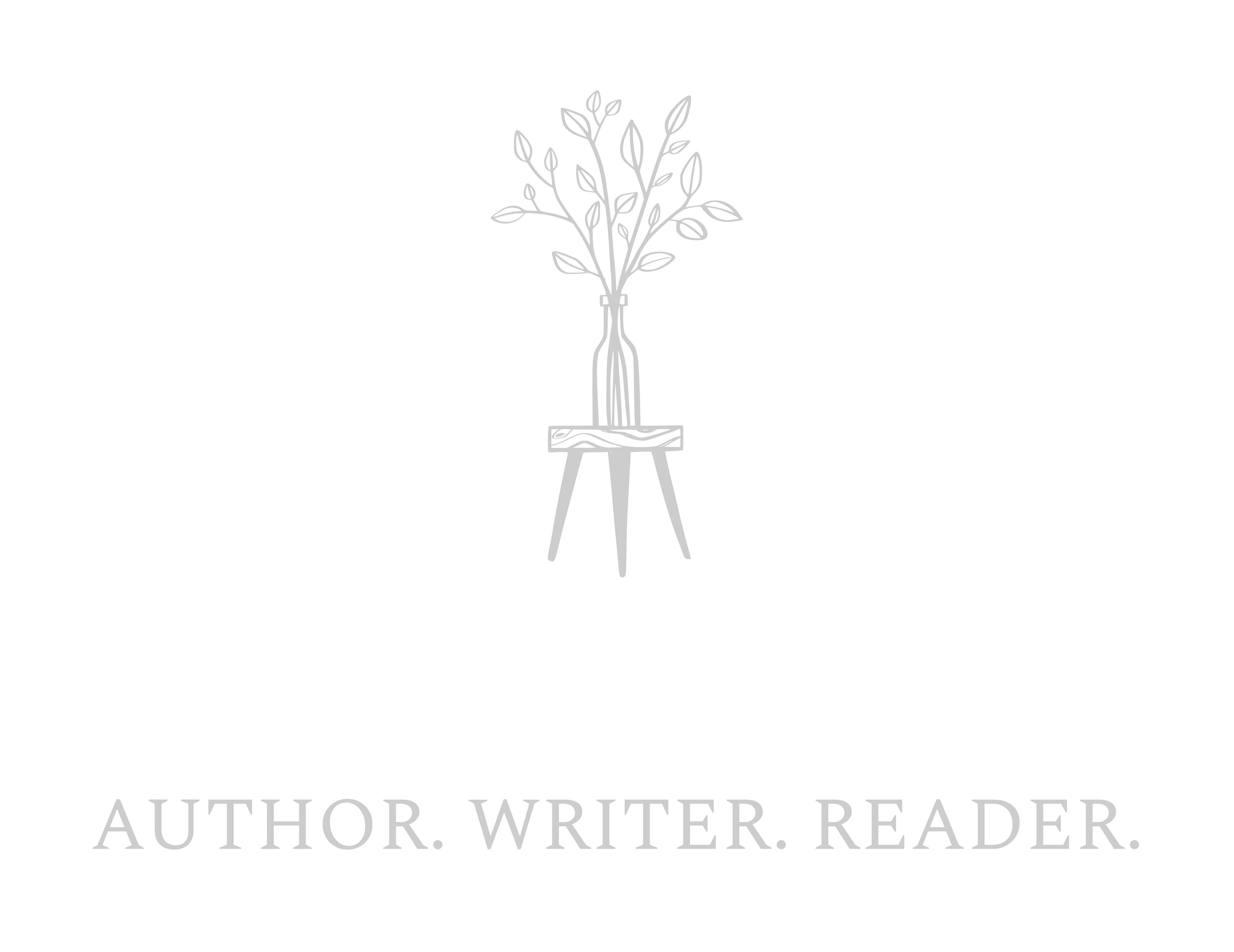Did you know that almost all literary organizations require and rely on professional reviews from an accredited journal or magazine before they will add any published works to their collection? Public Libraries (including School Libraries), Indie Bookstores and even World-Wide Book Fairs look for a professional & positive reviews to help them make their purchasing decisions.
Most Librarians leverage Kirkus, Publishers Weekly, School Library Journal & Booklist to determine whether a book is right for their collection. Without such reviews, Librarians would only add an item if it were by an established author that has proven to be popular with their Library patrons. Therefore, it is imperative that debut authors solicit and obtain a professional book review.
Inquiring about such reviews can be somewhat intimidating due to potential out of budget cost and rejection. But fear no more as I have completed my research and outlined the cost benefits of each company that offers professional reviews as a quick reference guide. Be sure to choose the option that works best for your published works.
Blue Ink Review – is a fee-based review service devoted exclusively to self-published books and delivers professional, unbiased reviews written by critics drawn largely from major mainstream publications and by editors from respected publishing houses.
Cost $445.00 with a guaranteed review.
Book Life by Publishers Weekly – will only review self-published books and a guaranteed review by a PW reviewer and a review within six weeks (or four if you purchase expedited service).
Cost $399.00 with a guaranteed review.
BookList – is a pre-publication journal and only considers books submitted 15 weeks in advance of the on-sale date. Please note that BookList carefully considers self-published titles that meet their reviewing criteria.
Cost $0 if considered.
City Book Review – there are two types of book reviews: General & Sponsored. General means that they will accept books for general submission that are not past 90 days of their release date, and they only review about 40% of the books sent to them (no charge). Sponsored reviewed is a guaranteed review for books that have been published longer than 90 days (fee based).
Cost $199 with a guaranteed review.
Compulsive Reader – although they focus on literary fiction and poetry, Compulsive Reader reviews a wide range of genres. If you would like your book to be featured, please send a brief (1-2 paragraph) synopsis, and if they feel that there’s a fit, they will contact you directly to let you know where to send a review copy.
Cost $0 if considered.
Indie Reader – if your title is IR approved (4-5 stars) then it will also be included in IR’s “Best reviewed books of the month” feature, which is posted to the IR site and sent to their 10K + subscribers.
Cost $299.00 with a guaranteed review.
Kirkus – will provide a professional review for fee. While we do not guarantee positive reviews, unfavorable reviews can be taken as valuable feedback for improvements and ultimately do not have to be published on our site.
Cost $450.00 with a guaranteed review.
Midwest Book Review – is an organization committed to promoting literacy, library usage, and small press publishing. Midwest is a post-publication review institution, and generally request two copies of the published book.
Cost $50.00 with a guaranteed review.
Publishers Weekly – reviews traditionally published books, as well as a small selection of self-published books. You can submit your book for review consideration, but there is no guarantee of a review, and it can take months for a book to be reviewed.
Cost $0 if considered.
School Library Journal – the editors decide which books and multimedia materials to review based upon potential interest to SLJ readers. Submission does not guarantee review.
Cost $0 if considered.
Self-Publishing Review – their reviews are shared extensively on social media to their 185K monthly views, and a permanent website link to your review which will show in Google search results for your book.
Cost $99.00 with a guaranteed review.
Leave a Comment





